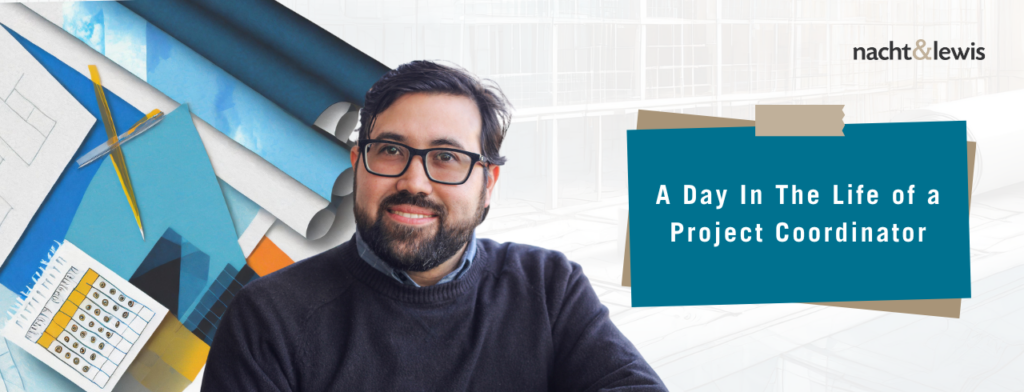When designing, architects always think about the effects that architecture may have on the people that use and interact with our buildings and spaces. The experience can vary depending on the intent of the structure. For example, a sacred space should elicit something different than an amusement park. A temple may generate a sense of reflection and hope, while an amusement park can create a sense of thrills. Both can produce a sense of awe. Much of what we design are more for everyday spaces, work or home. These spaces focus on the experience of wellness to increase our comfort, health, and the environment in which we live.
Wellness comes from balancing the strengths of seven categories. The states of wellness are physical, intellectual, emotional, spiritual, social, occupational and environmental. When tied with sustainability, resilience and restoration, wellness holistically creates healthy buildings and spaces. Architects aspire to improve the lives of everyone and the environment in which we live in.
Physical
Physical fitness is created with proper activity, fuel and rest. Architects can help create the environment for fitness through elements such as a prominent stair that will be used in lieu of elevators or quiet dark space for rest and recovery. Also, the materials that we use in building can affect our heath. We chose non-hazardous materials that are locally produced and are readily available.
-

NUSD Inderkum High School
Intellectual
Intellectual health comes from our innate desire to learn. These areas can be communal to share knowledge or personal to explore ideas alone. Learning can occur anywhere and at any time. Designers can maximize the opportunities by increasing sight lines or producing privacy.
Emotional
The emotional state of wellness comes from awareness. When The elements that we design are well-crafted and delightful, it can create a sense of curiosity and interest that lead to awareness. Color and texture can be a source to increase our perception of our sense of place.
Spiritual/Occupational
Everyone desires a sense of purpose and this state of wellbeing is known as spiritual wellness. The components and composition of a building or space should enhance focus to maximize our sense of purpose. By creating focus, the user has a sense of understanding their place in our designs. Whether it is to work or create, architects should design to help the user discover their roles.Along with purpose, each of us has a desire to work or create.
Social
Our social connections to each other play a vital role in our health. Architecture supports our relationships by creating a space that promotes comfortable and easy communication. When designing for a space that encourages social interactions and collaboration, architects must heavily consider components such as acoustics. Acoustics can play a vital role in our connections as it help facilitate our ability to listen and be heard by others.
-

City of Sacramento 911 Dispatch & Training Facility -

Dry Creek JESD Creekview Middle School -
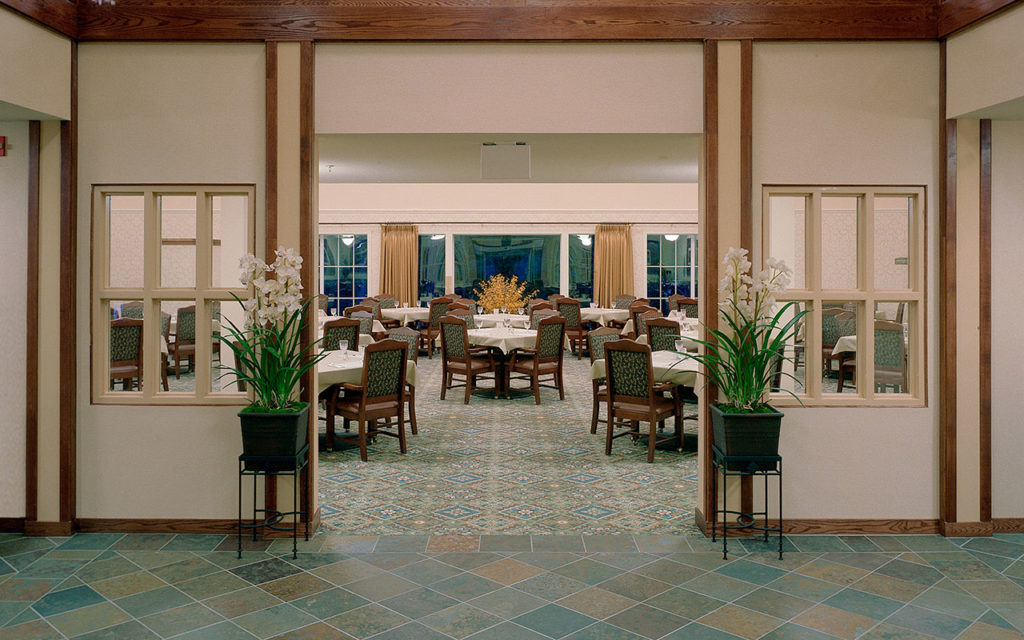
Eskaton Village Grass Valley -

Sacramento County 911 Communication Center Tenant Improvements
Environmental
Additionally, our connection to the environment forms an important part to our wellness. For example, there is substantial research that indicates the importance of daylight to our health. A simple window or door can link us to the outside, adding context and restoring our well being.
-
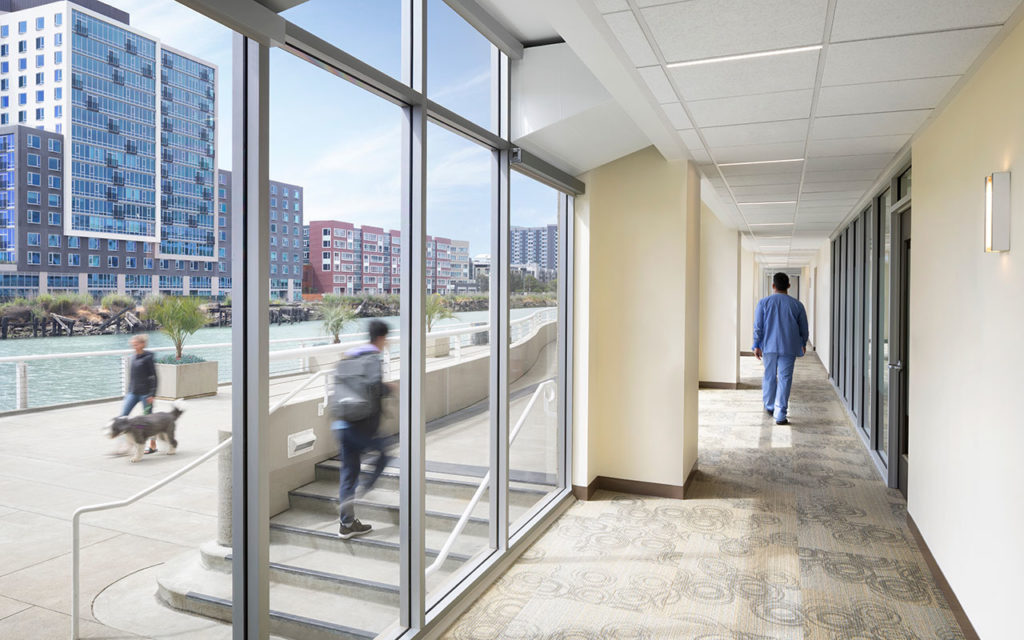
UCSF China Basin Landing Water Front Primary and Specialty Care Clinic -
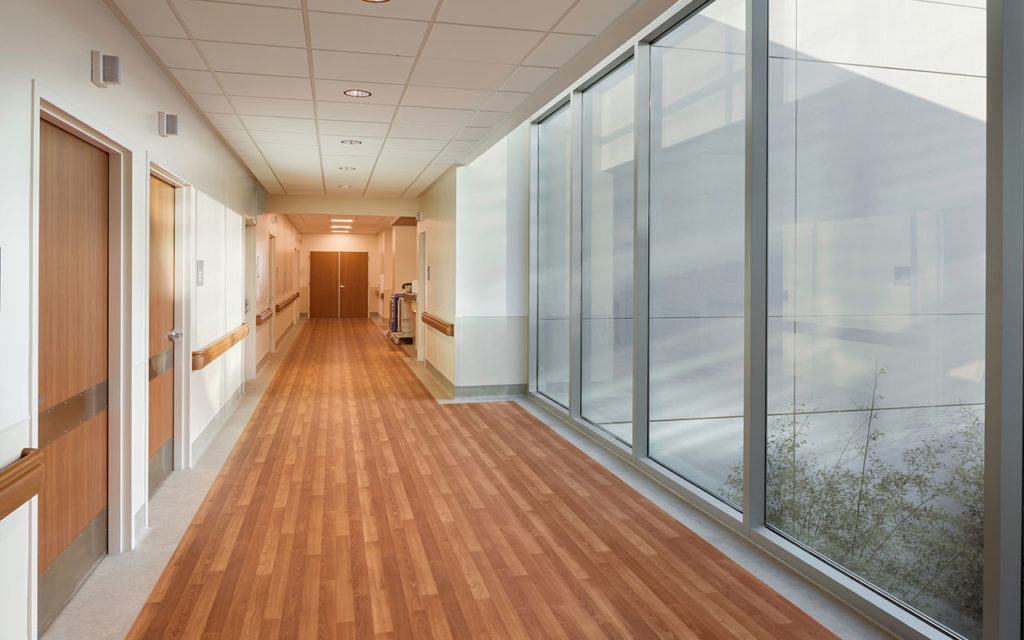
St. Joseph’s Medical Center Pavilion Post Partum Suite -
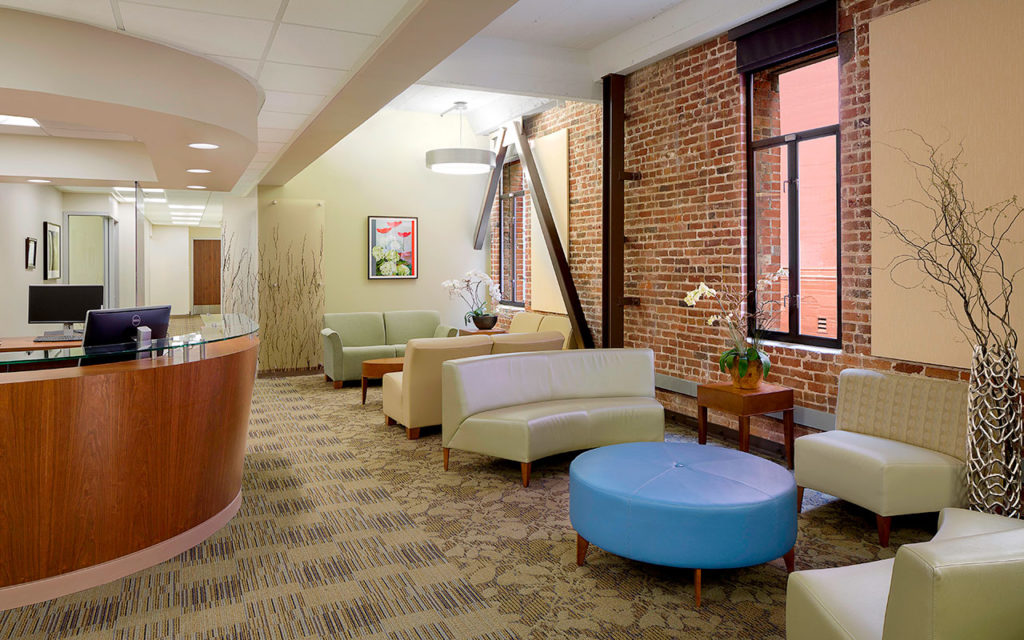
UCSF Medical Center Women’s Imaging & Primary Care Clinic -
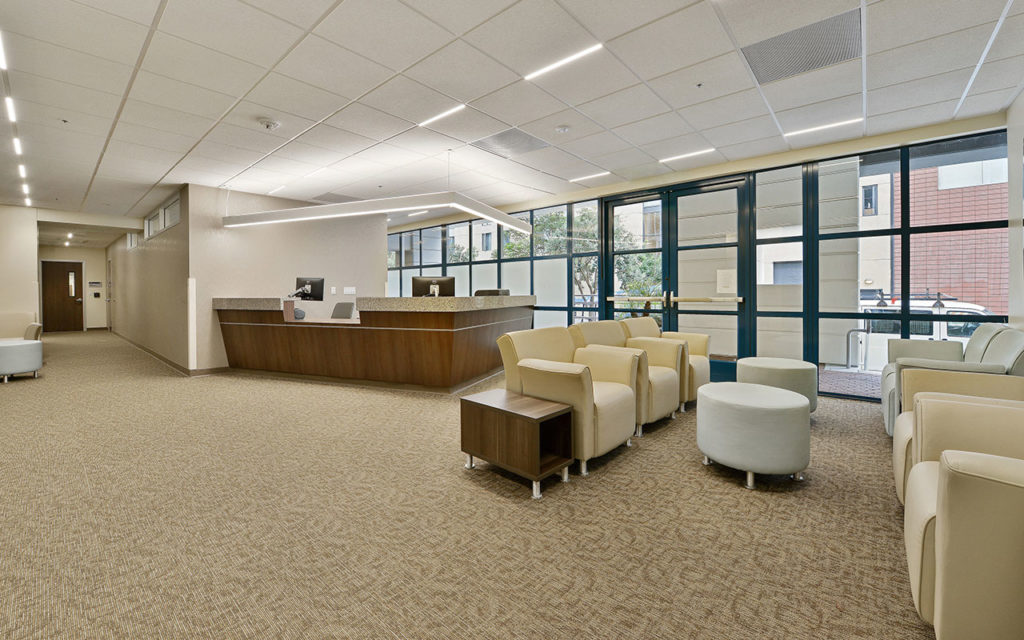
UCSF China Basin Landing Berry Street Family Clinic
Architects provide the expertise to bring wellness into all that we design. The human experience is fore-front in our minds each day and has been since our first day of university and training. Keep in mind that the profession offers additional resources such as WELL from the International Well Building Institute™ and fitwel®. These resources offer good overviews and guides to specific elements when designing for wellness.
Projects featured in this post:
- NUSD Inderkum High School
- City of Sacramento 911 Dispatch and Training Facility
- Dry Creek JESD Creekview Ranch Middle School
- Eskaton Village Grass Valley
- Sacramento 911 Communication Center
- UCSF China Basin Landing Water Front Primary and Specialty Care Clinic
- St. Joseph’s Medical Center Pavilion Post Partum Suite
- UCSF Women’s Imaging and Primary Care Clinic
- UCSF China Basin Landing Berry Street Family Clinic




